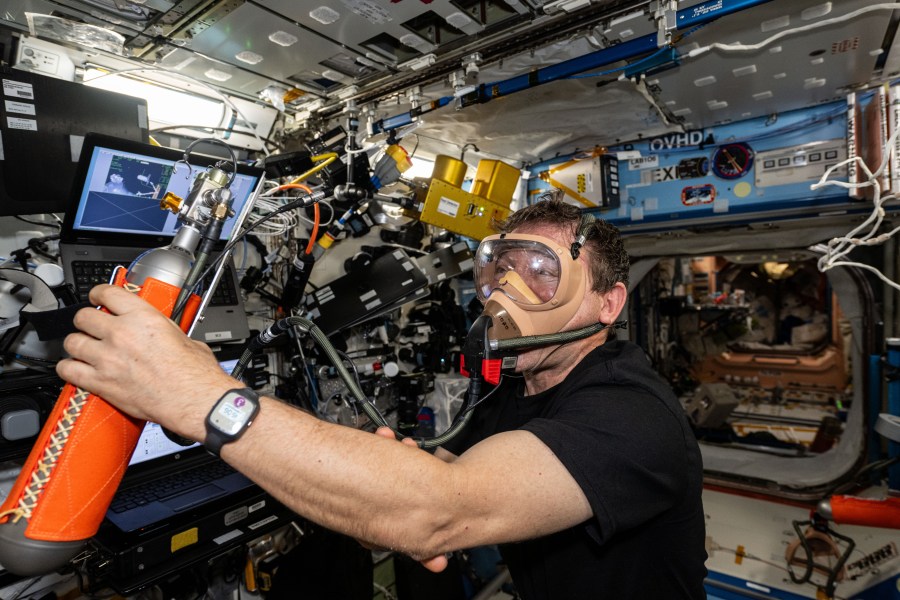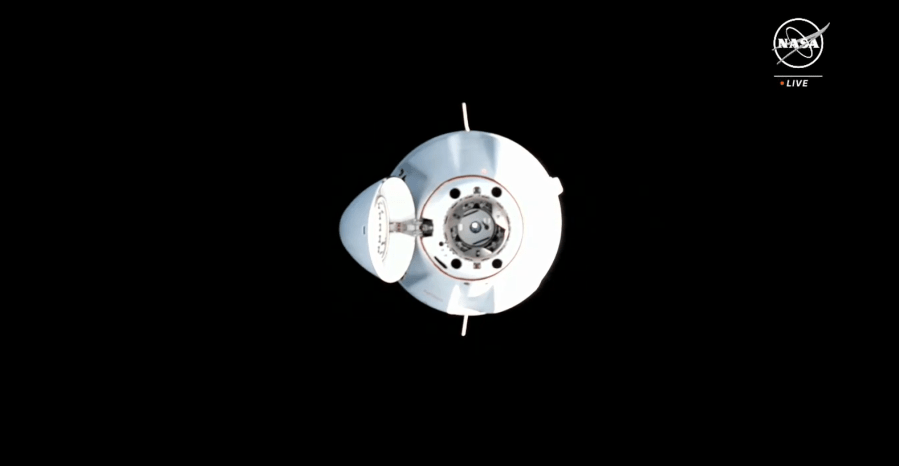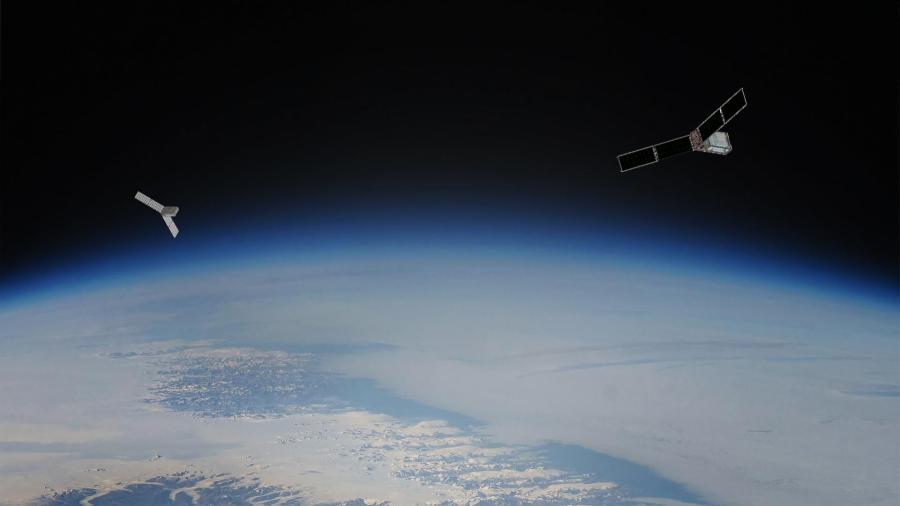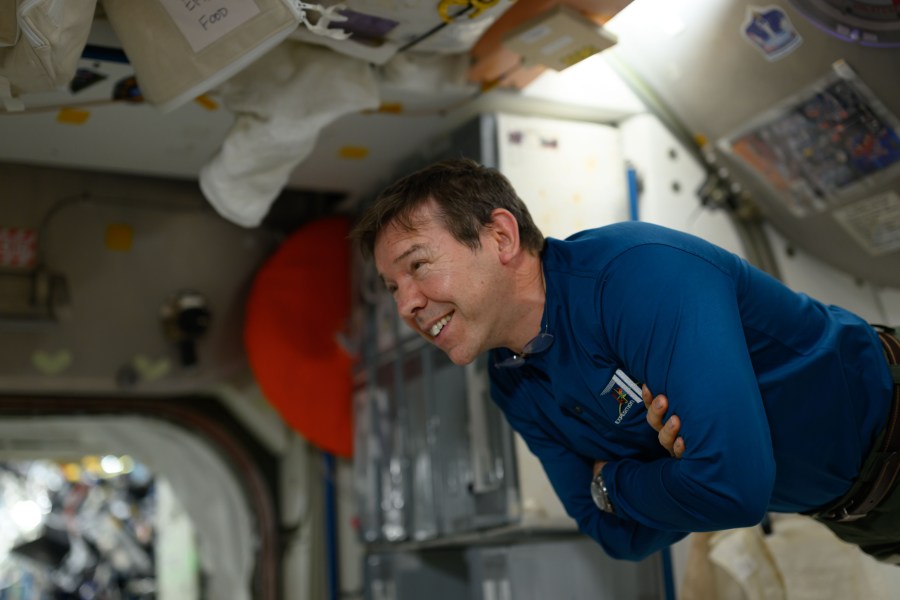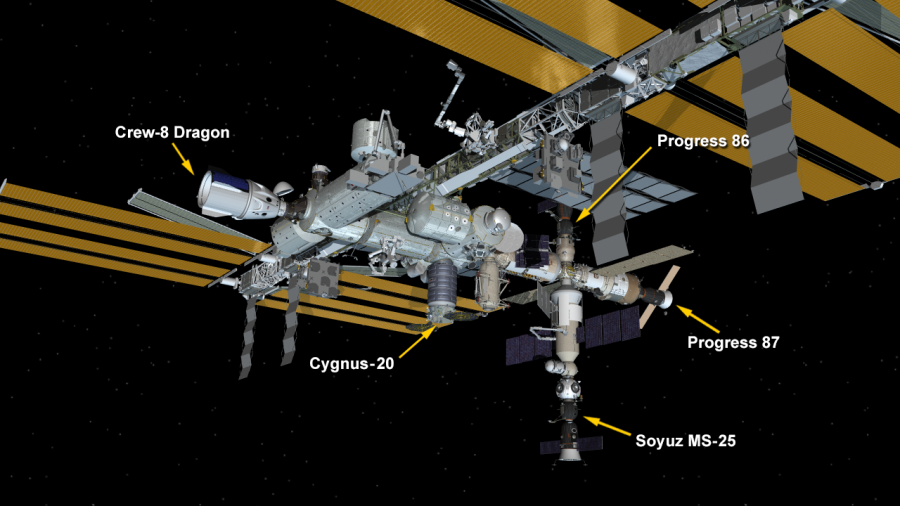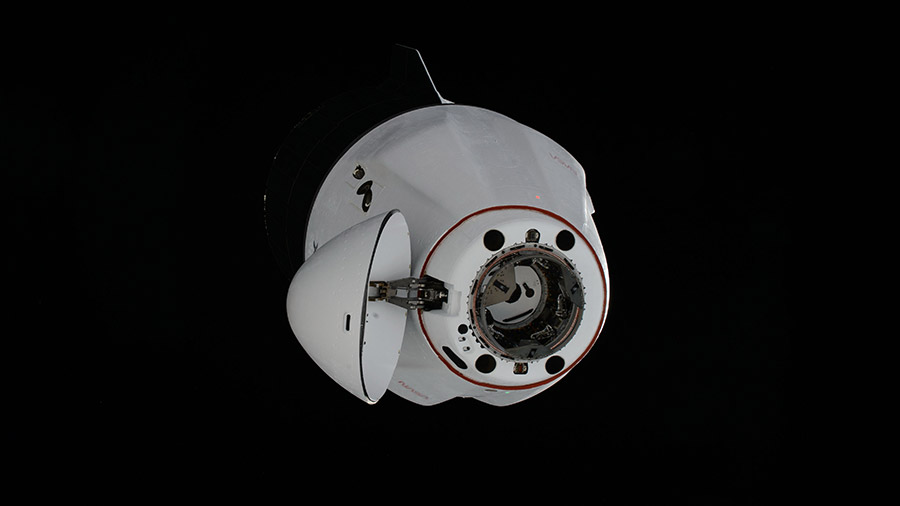On Friday, April 26, engineers completed a series of electromagnetic tests on the integrated Orion crew and service module for NASA’s Artemis II mission inside the Neil A. Armstrong Operations and Checkout (O&C) Building at the agency’s Kennedy Space Center in Florida. During testing, engineers subjected the spacecraft to electromagnetic energy using wave guides, amplifiers, …
NASA’s Artemis II Orion Spacecraft Completes Electromagnetic Testing




























